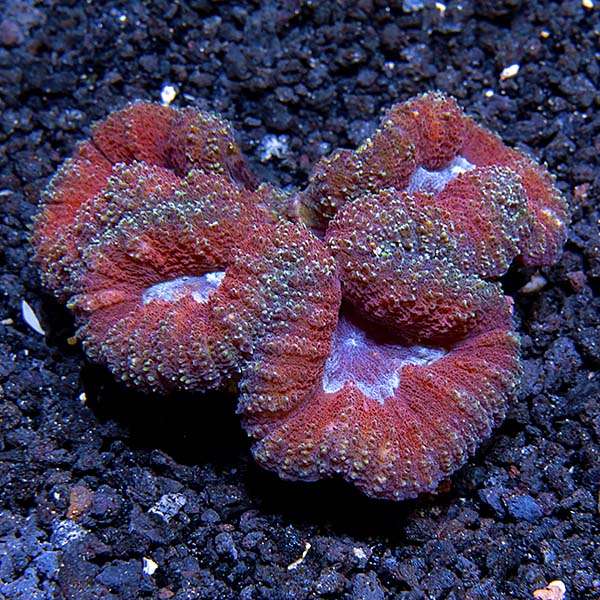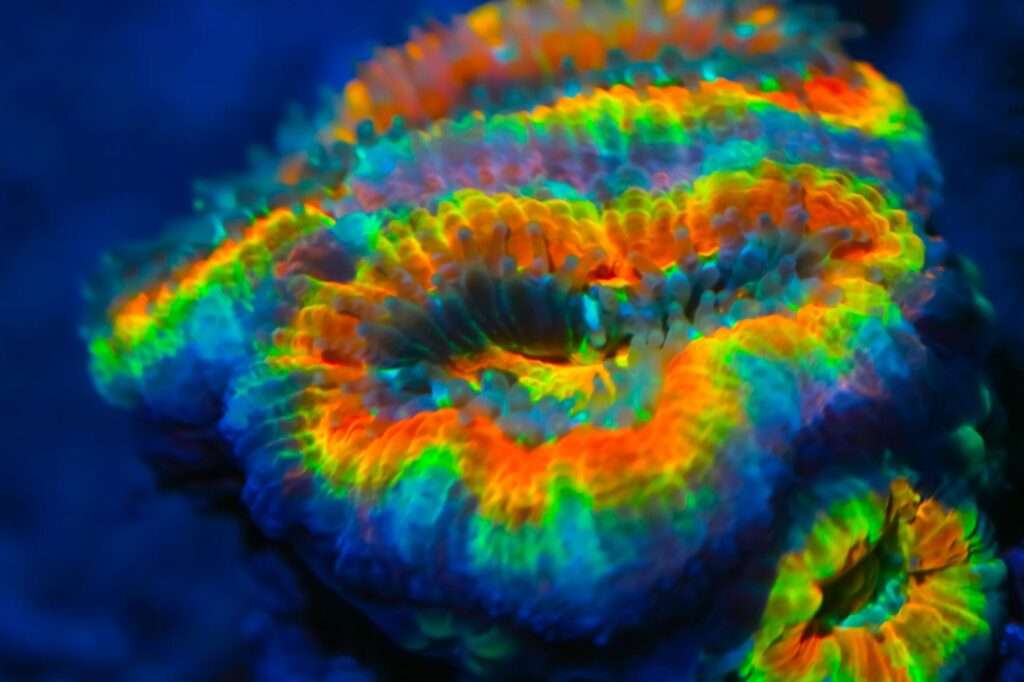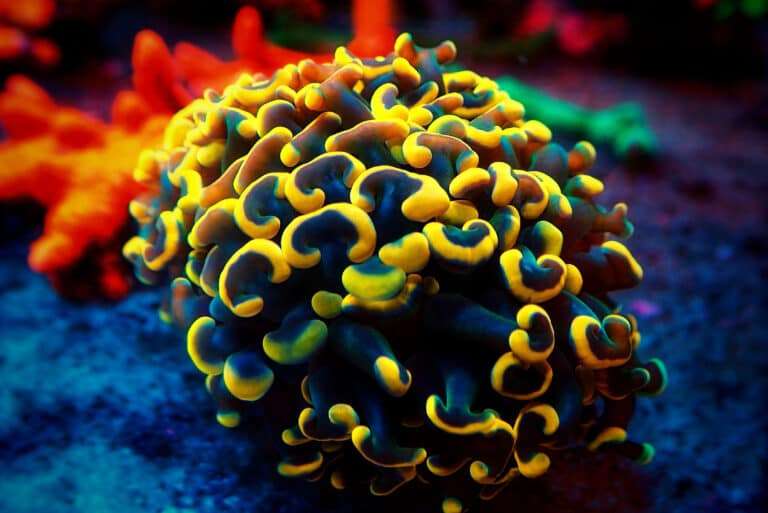
The Coral of the Symphyllia Brain is the Dented Brain Coral or Closed Brain Coral, also known as Symphyllia sp., is appealing and resilient. Some of the most vibrantly coloured aquacultured corals currently on the market are Symphyllia Corals. These captive-bred species may create a fantastic reef aquarium showpiece thanks to their vibrant hues and color combinations, which are comparable to those of the elegant Acan Lord (Acanthastrea lordhowensis).
The Symphyllia genus creates flat or dome-shaped colonies in the wild. These coral colonies have broad troughs that wind around the coral in curves and twists. On a brand-new, solitary polyp, for example, the valley can occasionally be so large that it can appear to be a whole different species. Each polyp is different in shape, and some have bumps or ridges in the centre.
Habitat
Milne-Edwards and Haime first described the Symphyllia genus in 1848. There are 7 real species out of the 13 nominal species, with 5 of those being found in Australia. One species, S. wilsoni, is found in subtropical waters off the west coast of Australia in the Eastern Indian Ocean. Protected reef slopes in shallow water, as well as upper reef slopes and surrounding reefs, are where you can find the Symphyllia genus. They spread their tentacles at night to feed. Although they can live a long time in captivity, it is uncertain how long they actually live.
Morphology
The coral can be flat or shaped like a dome, and the Symphyllia genus can form colonies with enormous troughs that meander through the coral in curves and twists. On a fresh, single polyp, the valley can occasionally be so large that it can appear to be a whole other species. Even though all of the corallites are fused together, a groove that runs along the top of the walls frequently allows you to see the boundaries between them. The Symphyllia Brain Coral, also known as the Closed Brain Coral or Dented Brain Coral, is often coloured in pastel tones of greens or creamy creams, reds, and subdued browns, with contrasting colors in the valleys. There are occasionally green and white combinations that are more vibrant. When food is present, Symphyllia will change to spread their tentacles, day or night.
In Captivity

- Feeding
Symphyllia genus has evolved a variety of feeding techniques. They get some of their nutrients from a marine alga called zooxanthellae through a symbiotic interaction. They can also take in dissolved organic substances and planktonic creatures as well as food particles from the water column. Some people have also witnessed a response from phytoplankton. Feed once each week or as often as the coral will accept it. The frequency of spot feeding may be reduced by over populated fish tanks that cause food to wander into the Symphyllia’s tentacles.
- Social Interactions and Compatibility
Symphyllia is a peaceful genus that welcomes people of other species. They will, however, be stung by species from other genera in this family, like Lobophyllia. While some soft corals, such the Litophyton and Xenia species, can irritate this coral, other coral stings have less of an impact.
Table





